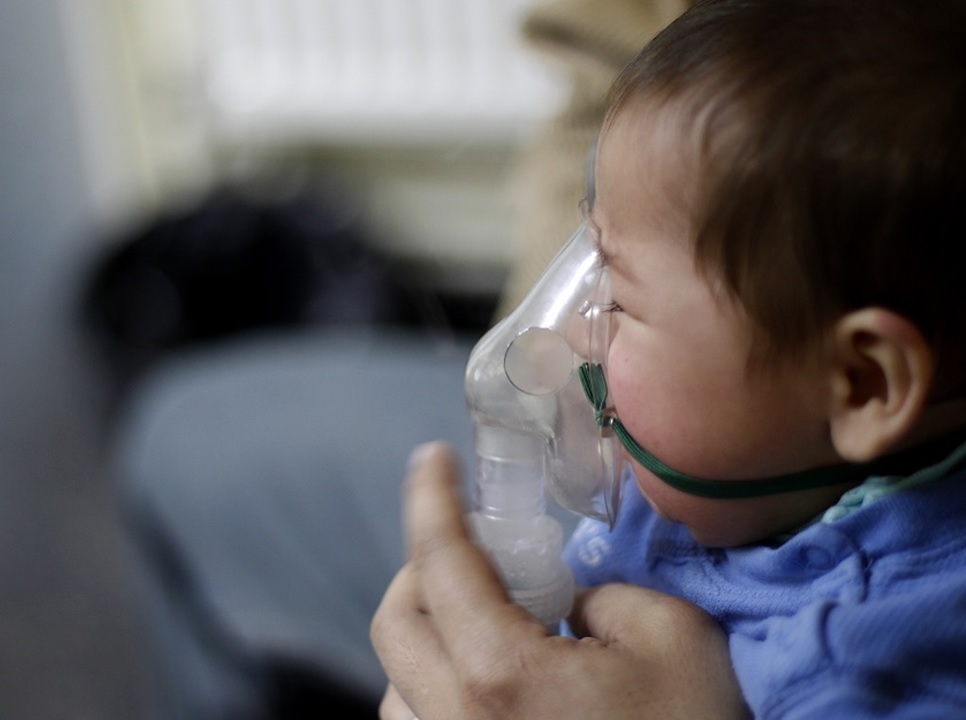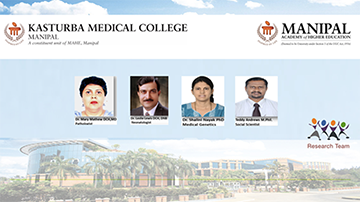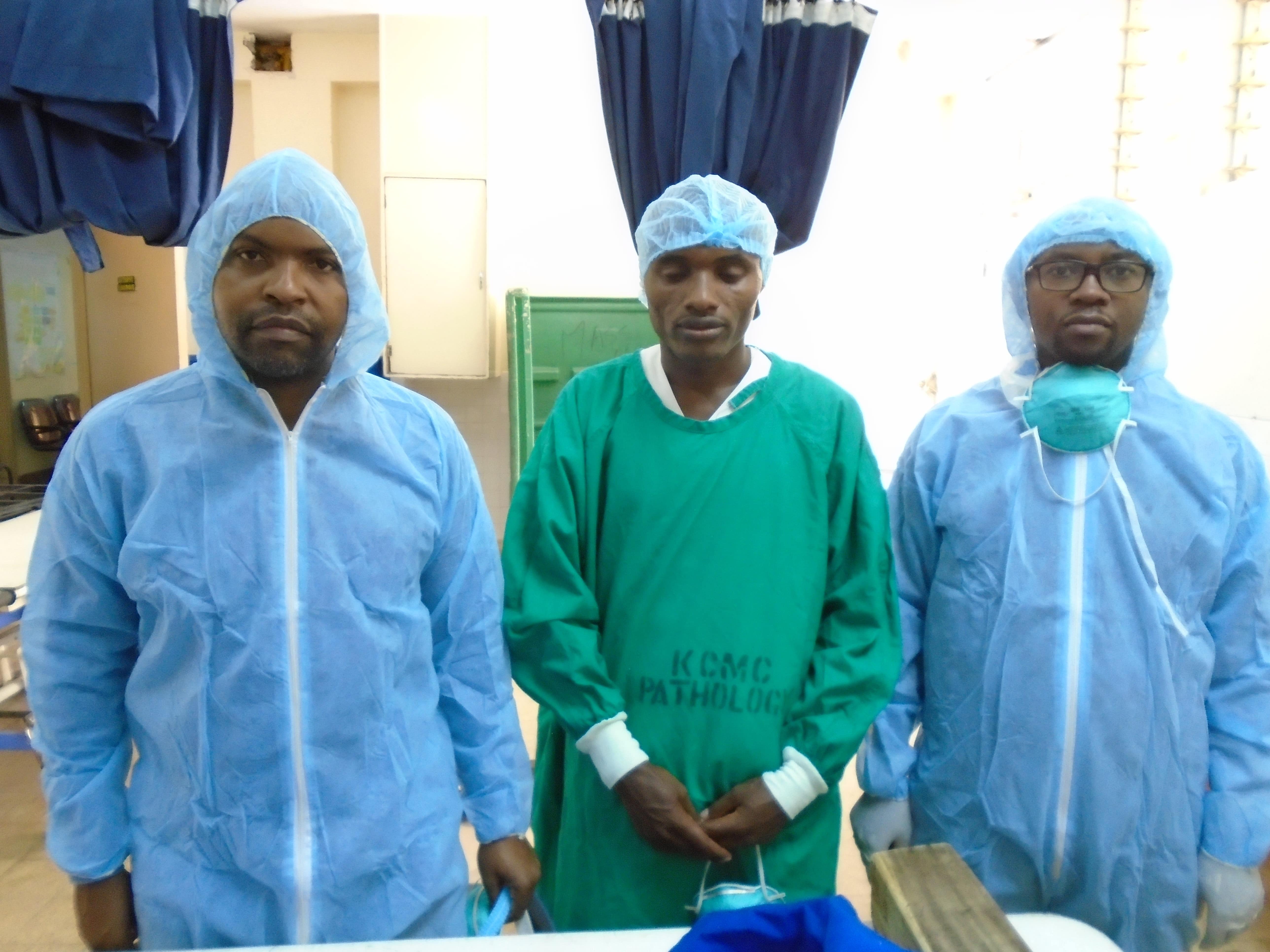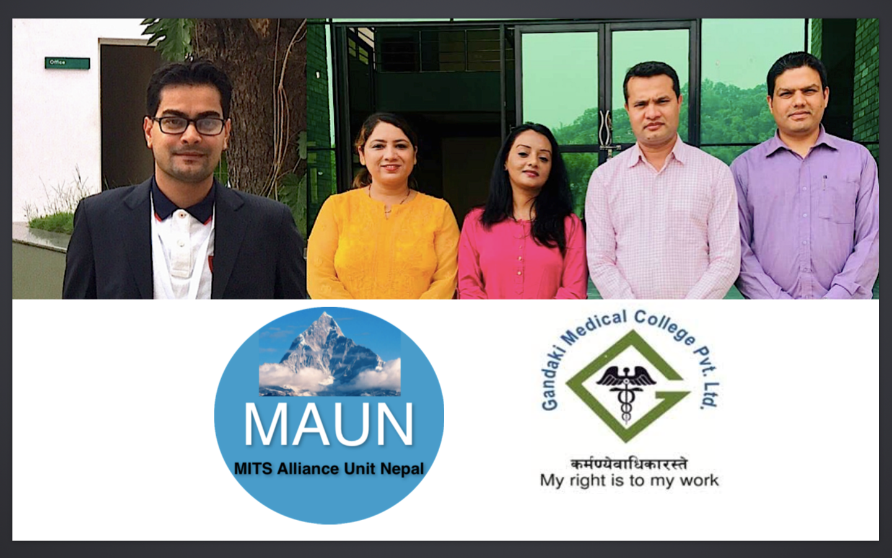Learn more about the use of MITS in the field and its use in informing pathology-based cause-of-death (CoD) ascertainment
The use of data and findings stemming from surveillance programs facilitate contributions to larger initiatives aimed at improving global CoD information. This evidence-in-action work results in MITS-informed CoD research used to develop, implement interventions, or inform policy addressing public health challenges in order to prevent mortality globally.



